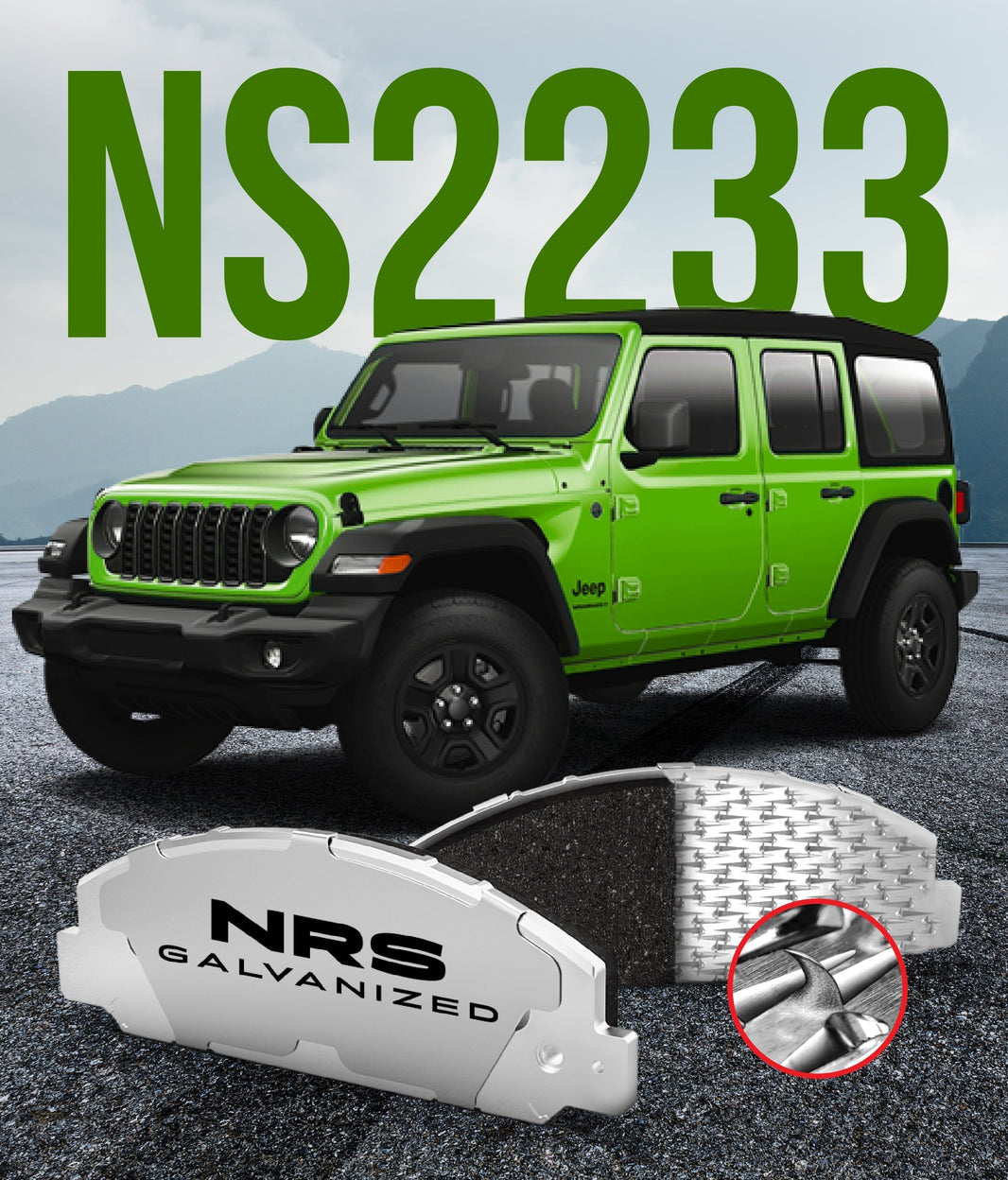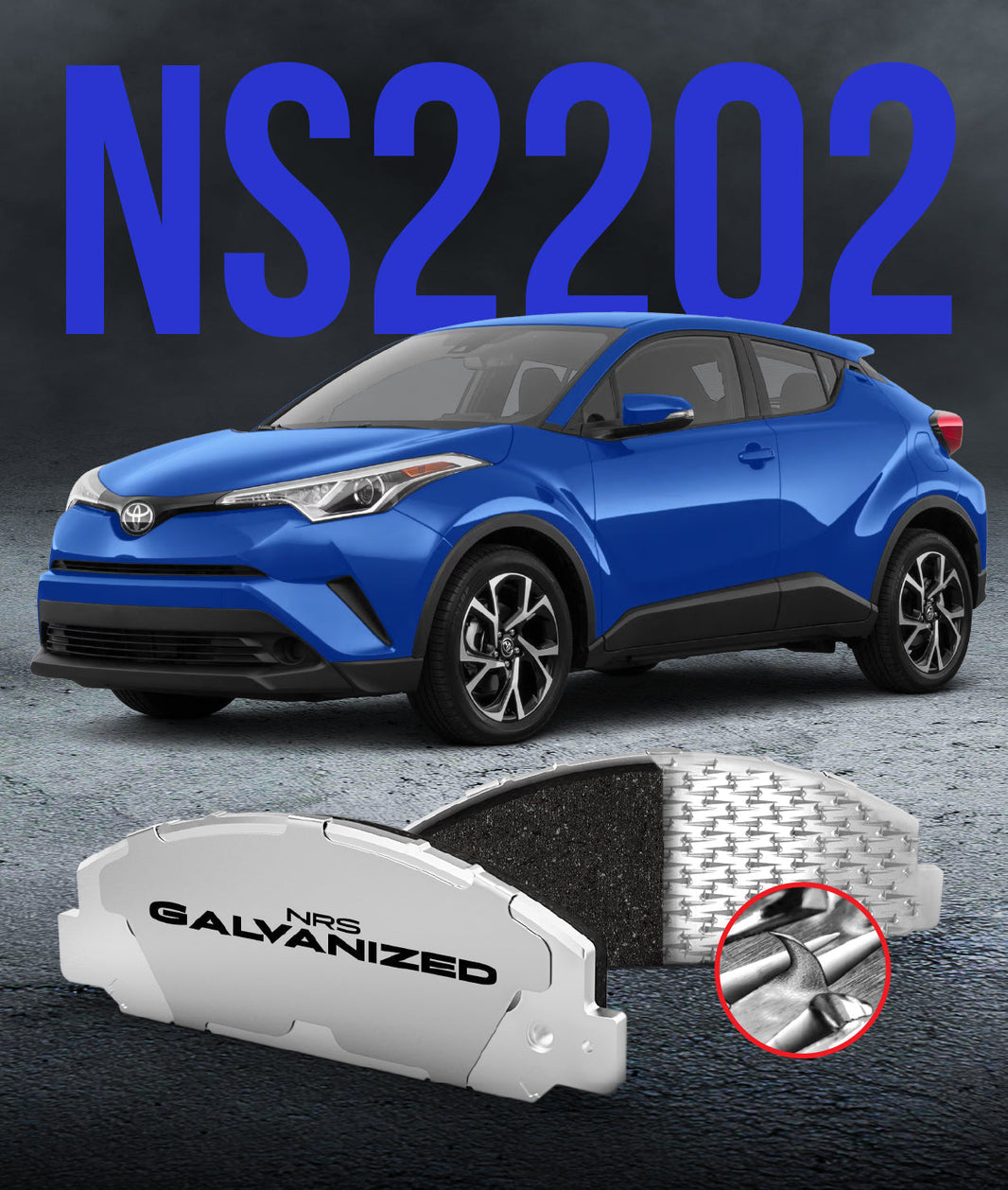
The automotive industry is experiencing a paradigm shift as electric vehicles (EVs) gain popularity worldwide. These innovative vehicles are known for their eco-friendliness, high energy efficiency, and impressive torque/speed delivery.
As a result, it is crucial to rethink traditional automotive systems for EVs, including braking systems. This article provides a comprehensive analysis of brake pads in electric vehicles and whether they are necessary.
Traditional Brake Systems and Their Limitations
Traditional brake systems in combustion engine vehicles rely on friction between the brake pad and brake disc. When the driver applies pressure to the brake pedal, hydraulic fluid transfers this force to the brake calipers, pressing the brake pads against the brake disc. This friction subsequently slows down or stops the vehicle.
However, traditional brakes have limitations when applied to EVs. Firstly, they exhibit excessive wear and tear due to the high friction between brake pads and discs. This can lead to frequent maintenance and replacement of brake components. Secondly, there is a significant energy loss in the form of heat generated by the friction between brake pads and discs. This energy loss hinders EVs from achieving their full energy efficiency potential.
Regenerative Braking: The Future of EV Braking Systems
Regenerative braking is a cutting-edge technology that is increasingly being adopted in EVs. Instead of relying solely on friction to slow down the vehicle, regenerative braking harnesses the electric motor's capabilities to reverse its function, converting it into a generator. When the driver applies the brakes, the electric motor switches to generator mode, and the kinetic energy generated from the vehicle's momentum is converted back into electrical energy. This energy is then stored in the vehicle's battery for later use.
The advantages of regenerative braking are manifold. Primarily, it increases energy efficiency by reducing energy loss and enabling the recovery of energy that would otherwise be wasted. Moreover, regenerative braking reduces wear on brake pads and discs, as the electric motor is responsible for much of the braking force. This results in less frequent maintenance and lower operating costs.
The Role of Brake Pads in EVs
Although regenerative braking significantly reduces wear on brake pads, it does not eliminate the need for brake pads altogether. Brake pads still play an essential role in EVs for two main reasons. Firstly, at high speeds or in emergency situations, the regenerative braking system may not provide sufficient braking force.
In these cases, the traditional friction braking system serves as a failsafe, ensuring the vehicle can decelerate effectively. Secondly, regenerative braking is less effective at low speeds, and brake pads are required to bring the vehicle to a complete stop.
Factors that Affect Brake Pad Life on EVs
Several factors can affect the lifespan of brake pads on EVs, including driving habits, terrain, and climate. Aggressive driving, frequent stop-and-go traffic, and hilly terrains can increase brake pad wear. Additionally, extreme temperatures can impact the brake pad's material, potentially reducing its lifespan.
Given these factors, the average lifespan of brake pads on EVs can vary widely. However, due to regenerative braking, brake pads on EVs generally last longer than those on traditional combustion engine vehicles. In some cases, EV brake pads can last up to 100,000 miles or more.
Brake Pad Material Considerations for EVs
It's essential to consider the materials used in brake pads for electric vehicles, as they can significantly impact performance, longevity, and sustainability. Common materials used in brake pads include organic, semi-metallic, and ceramic compounds. Each material offers distinct advantages and disadvantages, depending on the specific requirements of the EV.
Organic brake pads
Organic brake pads are made from a combination of fibers, such as glass, rubber, and Kevlar, bonded together with high-temperature resins. These pads are known for their quiet operation, low brake dust production, and cost-effectiveness. However, they tend to wear out more quickly and may not perform optimally under high-temperature or high-performance conditions.
Semi-metallic brake pads
Semi-metallic brake pads consist of metal fibers, such as steel, copper, and iron, embedded in a high-temperature resin. These pads provide excellent heat dissipation and improved braking performance, making them suitable for high-performance EVs. However, they can be noisy, produce more brake dust, and may cause increased wear on brake discs.
Ceramic brake pads
Ceramic brake pads are composed of ceramic fibers, nonferrous filler materials, and bonding agents. These pads offer superior performance, with excellent heat dissipation, low noise levels, and minimal brake dust. Although ceramic brake pads are typically more expensive, they are often the preferred choice for high-performance and luxury vehicles due to their enhanced performance and longevity.
FAQ
Do Tesla Cars use brake pads?
Yes, Tesla cars use brake pads as a part of their braking system. While Tesla vehicles rely heavily on regenerative braking, traditional brake pads are necessary for providing additional braking force, especially in high-speed or emergency situations.
Do Electric cars wear out brakes faster?
No, electric cars typically experience less brake wear due to regenerative braking, which reduces the reliance on friction braking. As a result, brake pads in electric vehicles usually last longer than those in traditional combustion engine vehicles.
What are hybrid brake pads?
Hybrid brake pads are designed to cater to both traditional combustion engine vehicles and hybrid or electric vehicles. They offer a balance between performance, durability, and heat dissipation, optimizing brake pad life in vehicles that use both regenerative and friction braking systems.
Does the E brake (parking brake) use brake pads?
Yes, the E brake, or parking brake, uses brake pads or brake shoes, depending on the vehicle's design. The parking brake system operates independently of the primary braking system, providing a secondary means of holding the vehicle stationary, especially on inclines.
Do brake pads last longer on hybrid cars?
Yes, brake pads generally last longer on hybrid cars compared to traditional combustion engine vehicles. Hybrid cars utilize regenerative braking in conjunction with friction braking, reducing wear on brake pads and extending their lifespan.
Maintaining Brake Pads on Electric Vehicles
Regular maintenance and inspection of brake pads on EVs are essential to ensure optimal performance and safety. Since brake pad wear can be significantly reduced due to regenerative braking, traditional maintenance schedules may not apply to EVs. Instead, EV owners should adhere to the manufacturer's recommended maintenance schedule and have their brake pads inspected during regular service intervals.
Additionally, drivers should be aware of any signs of brake pad wear, such as squeaking or grinding noises, vibration, or reduced braking performance. Addressing these issues promptly can help prevent further damage to the braking system and maintain the safety and efficiency of the vehicle.
Recycling and Disposal of Brake Pads
As electric vehicles become more prevalent, it's crucial to consider the environmental impact of brake pad disposal. Recycling initiatives can help reduce the environmental footprint of brake pad manufacturing and disposal. Some companies specialize in recycling brake pads, transforming them into new products, such as industrial insulation or construction materials.
Moreover, the development of eco-friendly brake pad materials, such as low-copper or copper-free formulations, can help minimize the environmental impact of brake pad production and use.
Conclusion: Rethinking Automotive Systems for EVs
In conclusion, the growing popularity of electric vehicles demands a reevaluation of traditional automotive systems, including braking systems. While regenerative braking offers significant advantages in terms of energy efficiency and reduced brake pad wear, brake pads remain a necessary component in EVs for ensuring adequate braking force and safety.
If you're in the market for new brakes or an upgrade, NRS Brakes' galvanized brake pads could be a great choice for you. With our superior protection against rust and corrosion, these brake pads provide maximum braking capacity while protecting your vehicle from wear and delamination. The rust-resistant coating and mechanical attachment ensures that your car remains free from unsightly corrosion. If you're looking for the best brake pads possible, contact NRS Brakes at info@nrsbrakes.com or +1 877-677-2725 to learn more about our offerings.




